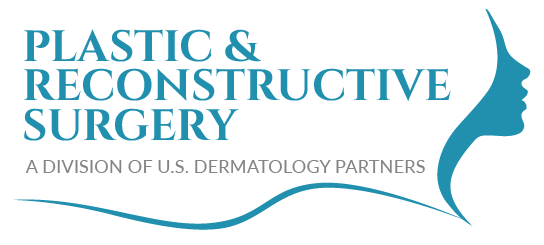Cleft Rhinoplasty
For the parents of infants who are born with cleft lip and cleft palate, working with physicians and surgeons to correct the immediate concerns, like being able to feed their children, will always take precedence over appearance. Many parents don’t start to consider the more cosmetic impact of cleft lip and cleft palate until their children are much older. The cleft often impacts the appearance nose as well as the mouth. Following clef repair, cartilage, and skin may be malformed. For some, this malformation is purely cosmetic, but for others, it can also have a negative impact on their airway and nasal breathing. Whether cosmetic irregularities, functional concerns, or both, cleft rhinoplasty may be the best solution. On this page, you’ll learn more about what cleft rhinoplasty is, why it’s recommended, and what you can expect from this treatment. If you have more questions or you’re ready to schedule a consultation, don’t hesitate to contact the knowledgeable team members at Plastic & Reconstructive Surgery – a division of U.S. Dermatology Partners.
What Is Cleft Rhinoplasty?
Rhinoplasty is the clinical name given to the surgical treatment commonly referred to as a nose job. This procedure may be recommended in a number of situations, including to improve the appearance of the nose or correct airway function. Rhinoplasty is a relatively common cosmetic surgery procedure that most plastic surgeons offer, but cleft rhinoplasty presents unique challenges and complexities that require a specialist in Facial Plastic and Reconstructive Surgery. In addition to adjusting the shape and structure of the nose, cleft rhinoplasty may also include procedures to improve the symmetry and appearance of the upper lip. The complexity of the surgery will vary based on the individual case, but average surgical times are between three and four hours. During the procedure, a small incision is made beneath the nostrils, allowing the skin to be raised, revealing underlying structures that can then be adjusted as needed. For many patients, this procedure includes utilizing grafted skin or cartilage from the ear or ribs, but others are able to have their existing structures reshaped. For cleft rhinoplasty, this is rare because the tissue is often minimal or scarred. Your surgeon will carefully assess your specific situation and provide a detailed plan before beginning treatment.
Benefits of Cleft Rhinoplasty
There are numerous benefits to undergoing cleft rhinoplasty. One of the most important is to improve self-confidence. Many cleft rhinoplasty patients are children and teenagers. This time frame can be challenging for anyone who looks different from the perceived norm. By addressing nasal malformation related to clefts, these young people (and adults who receive this treatment) often feel much more confident following their cleft rhinoplasty procedure.
In addition to increased confidence, other benefits include:
- Create a more symmetrical appearance to the nose and nostrils
- Remove any bumps or irregular shapes
- Change the shape of the tip of the nose
- Unblock or alleviate airway blockage
- Straighten or reposition the nose
- Improve the facial profile with adjusted nose protrusion
Recovery After Cleft Rhinoplasty
Before you even get started with cleft rhinoplasty, your cosmetic surgeon will discuss what to expect during your recovery. You’ll also schedule follow-up visits with your surgeon periodically to ensure proper healing. While everyone heals a little differently, it usually takes about a week for the initial discomfort and swelling from the procedure to subside. For this reason, surgeons recommend patients take at least a week off of work, school, and other activities to rest and heal. During this time, prescription or over-the-counter pain medication should be taken as directed to manage discomfort and swelling. After the first week, your surgeon will likely need you to return to have sutures, splints, and other surgical materials removed.
For the first two weeks, any strenuous activities (including playing sports and exercising) should be avoided due to the risk of injury and bleeding. Patients can begin to resume exercise and other activities gradually after this time. However, it’s advised to pay attention to how the nose responds. If you notice swelling, pain, discoloration, or bleeding, forego the preceding activity for a bit longer. Most people are able to fully resume regular activities within four weeks. Most of the swelling will also subside at this point, but swelling and discoloration may continue for up to a year post-procedure.
Risks Associated with Cleft Rhinoplasty
Like all surgeries, there are risks associated with cleft rhinoplasty. Choosing an experienced and qualified facial plastic surgeon will mitigate risk significantly, but it’s still important to understand the potential risks before undergoing any surgical procedure.
Everyone responds differently to surgery and recovery, but some of the common risks associated with cleft rhinoplasty include:
- Adverse response to anesthesia
- Allergies to tape, sutures, bandages, and other surgical materials
- Severe or long-lasting bleeding
- Numbness and tingling
- Pain and inflammation
- Skin discoloration
- Poor healing and infection
- Scarring
- Need for revision rhinoplasty procedure
- Nerve, muscle, blood vessel, or other structural damage
- Trouble breathing or changes in the airway

